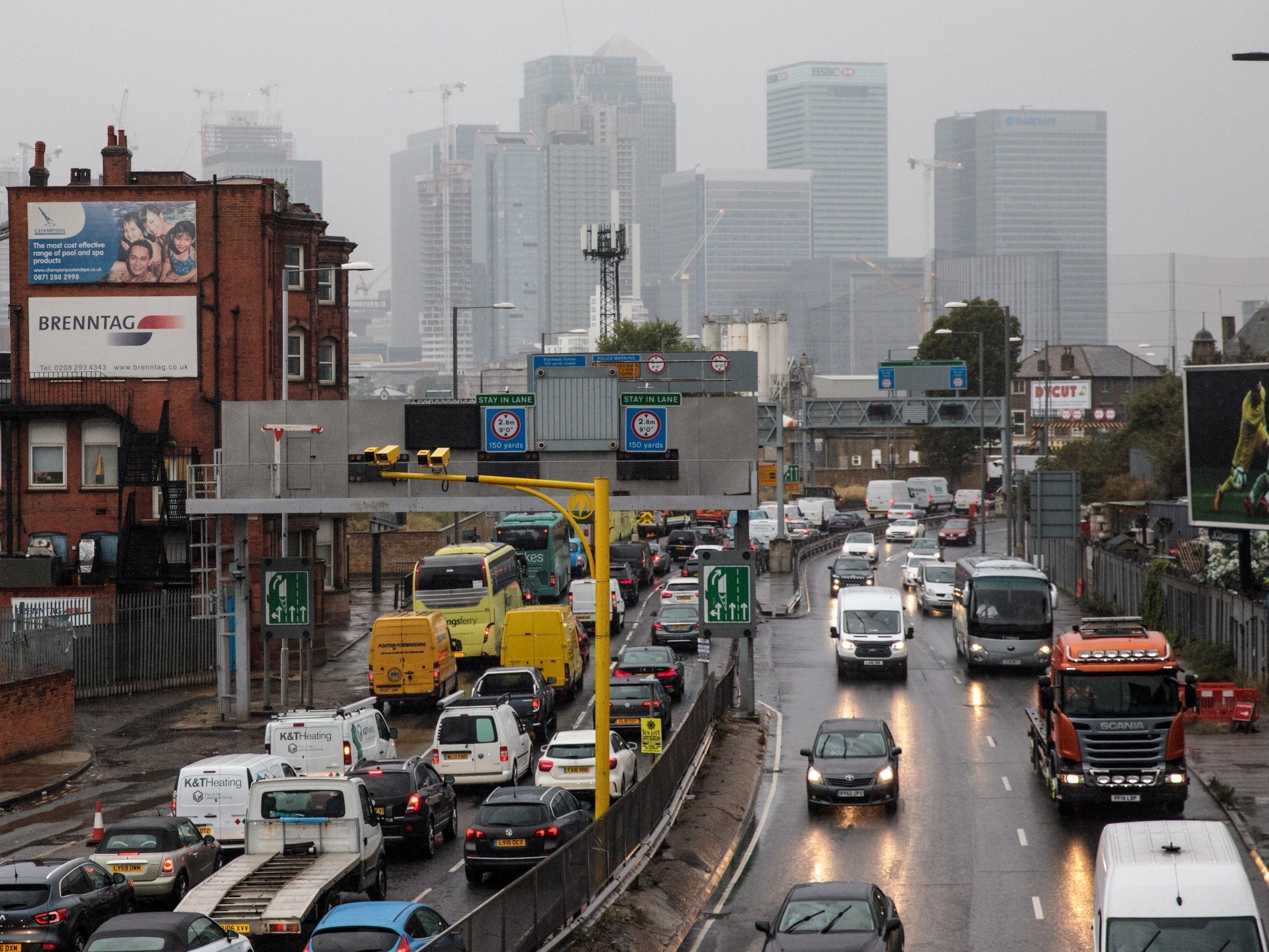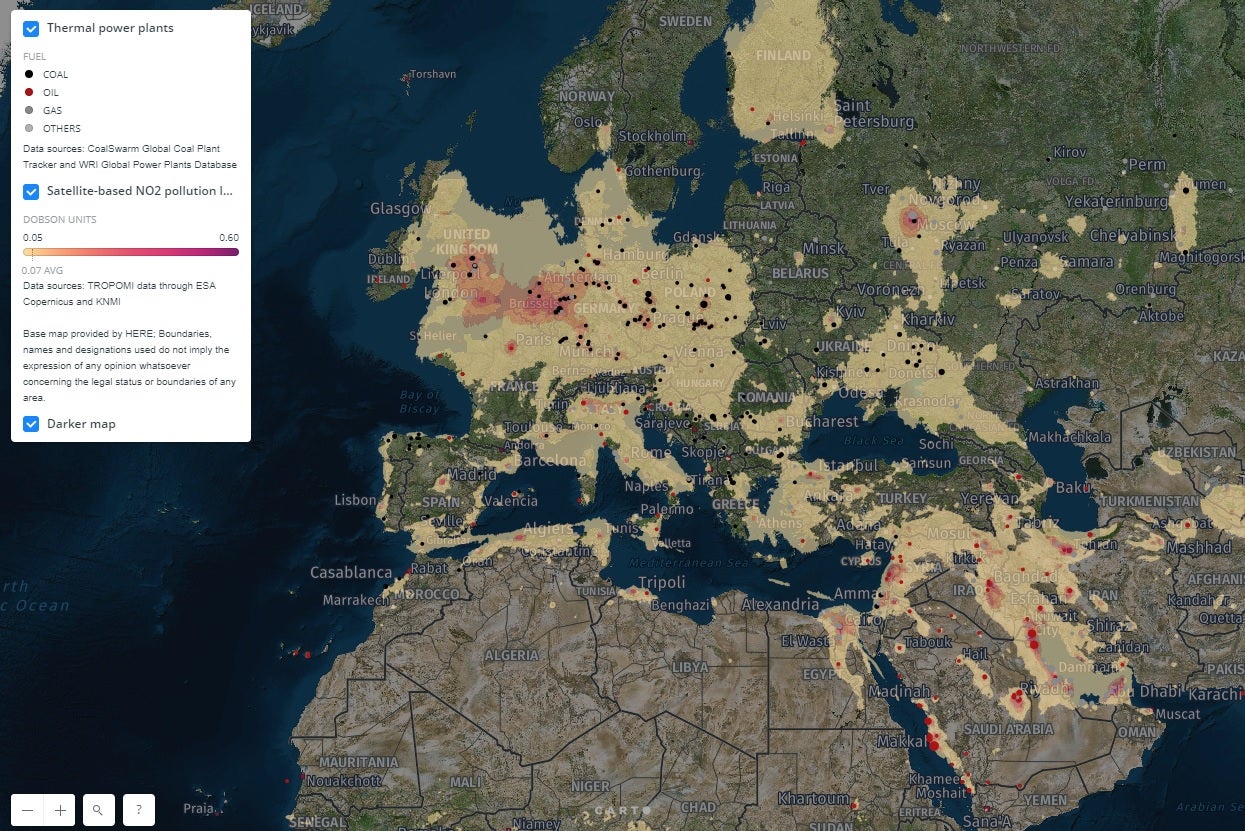Air pollution is destroying our health and we can't just hold our breath and hope for action
Analysis A new report finds millions of children regularly breathing 'brain stunting' air pollution, but Alex Matthews-King warns governments are unlikely to act until the public take notice


Your support helps us to tell the story
From reproductive rights to climate change to Big Tech, The Independent is on the ground when the story is developing. Whether it's investigating the financials of Elon Musk's pro-Trump PAC or producing our latest documentary, 'The A Word', which shines a light on the American women fighting for reproductive rights, we know how important it is to parse out the facts from the messaging.
At such a critical moment in US history, we need reporters on the ground. Your donation allows us to keep sending journalists to speak to both sides of the story.
The Independent is trusted by Americans across the entire political spectrum. And unlike many other quality news outlets, we choose not to lock Americans out of our reporting and analysis with paywalls. We believe quality journalism should be available to everyone, paid for by those who can afford it.
Your support makes all the difference.Among the myriad injustices and threats to humanity, air pollution is a newcomer that is still struggling to make a real mark in the scrap for the public’s finite emotional bandwidth.
While Victorian-era smog is still commonplace in industrialising giants like India and China, for most of us the issue is out of sight out of mind – until we get stuck behind an idling black cab.
This is the fatal factor that unites so many of our big challenges, as evidence of harm only coalesces a few generations after the point where action can make most difference.
Meanwhile vested industrial interests and our individual reluctance to make sacrifices we may not reap the benefits add to an inertia that governments are happy to wallow in.
Last week the World Health Organisation (WHO) warned this “complacency was shortening millions of lives” and likened the air pollution crisis to the the fight against smoking.
A WHO report on Monday said air pollution is “uniquely damaging” to children, and that 93 per cent of under-15s on Earth are breathing unsafe levels of pollutants on a daily basis.
This impact is disproportionately affecting developing nations. Over 40 per cent of the world – a billion under-15s – are exposed to poisonous fumes at home where unventilated wood and coal fires are the mainstay of cooking and heating.
Poorly ventilated cooking spaces increase risk of carbon monoxide poisoning, particularly at lower levels where children play, as well as concentrated effects of long-term exposure to pollutants which can harm lung development and cardiovascular health.

Meanwhile population booms and industrialisation have created choking megacities, like Delhi, Beijing, and – closer to home – London.
In wealthier nations, diesel cars are public enemy number one, idling outside schools and snarling the streets. These vehicles produce levels of nitrogen dioxide and particulate matter (microscopic specks of soot, ammonia and other pollutants that coat the lungs and can enter the blood stream) five times greater than petrol engines.
There is abundant evidence these pollutants can hamper lung development and contribute to respiratory conditions like bronchitis, asthma and pneumonia.
Their impact is also felt while children are still in the womb, and the WHO report warns there is growing scientific evidence of a links between pollution and preterm birth, infant mortality increase, cognitive development disorders and even leukaemia.
Oxford University academics linked UK air pollution to around 40,000 premature deaths a year in, compared to 98,000 a year from smoking.
But unlike smoking, these pollutants have the capacity to affect populations in the next road, town and across international borders.

A report by Greenpeace on Friday using data from European Space Agency satellites has mapped nitrogen dioxide emission blackspots around the world – finally giving shape to some of these harms.
The ominous map that results shows London’s transport miasma is only beaten into second place in Europe by Germany’s Niederaussem power station – while China’s glows a deep red from countless coal plants.
Meanwhile the UK, German and French governments were taken to the EU’s highest court over their failure to act on illegally high pollution levels earlier this year.
The UK government’s begrudging commitment to phase out polluting diesels by 2040 has also not tempered its fanatical zeal for earthquake-inducing, environmentally devastating fossil fuel extraction by fracking. While in the US the Trump administration is rolling back restrictions on coal-fired power plants.
With new technology to help us visualise the creeping spread of pollution, and science shedding light on its harms, air pollution’s invisible impact might begin to take on a more real shape for the public.
That can nudge individual choices on how we travel, or save energy, but it will only make a difference if governments begin to think it’s something that will animate people at the polls.
Join our commenting forum
Join thought-provoking conversations, follow other Independent readers and see their replies
Comments